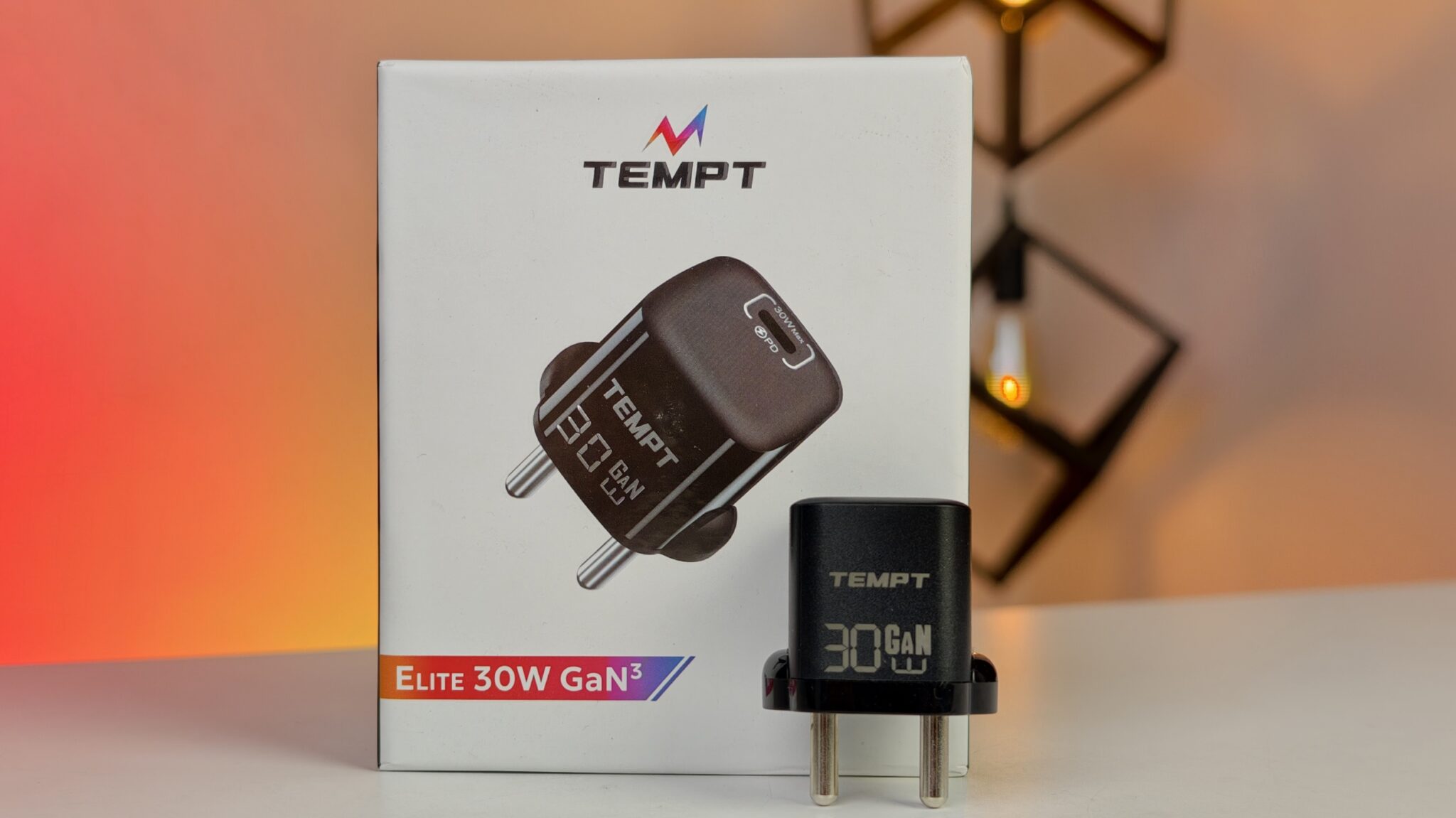The global technology landscape is constantly redrawing its lines, often influenced by forces far removed from silicon valleys and assembly lines. whispers in the industry suggest a significant recalibration is underway for Google’s Pixel smartphones, potentially shifting a notable portion of production from Vietnam to India. The driving force behind this possible move? The looming shadow of US tariffs and the strategic chess game of global manufacturing.
Sources close to the discussions indicate that Alphabet, the parent company of Google, has entered into serious talks with its contract manufacturing partners in India, including Dixon Technologies and Foxconn. These conversations reportedly center on relocating some global production of Pixel devices, specifically those slated for the crucial US market, to Indian shores.
This potential shift isn’t happening in a vacuum. It arrives at a time of trade uncertainty, particularly concerning tariffs imposed by the United States. While the US recently announced steep proposed tariffs of up to 46% on certain imports from Vietnam, where a considerable amount of Pixel production currently takes place, the tariff rate on goods from India stands relatively lower at 26%. Although a temporary 90-day pause on reciprocal tariffs has been put in place for many countries, excluding China, the underlying threat of significant duties appears to be a catalyst for tech giants to re-evaluate their supply chain strategies.
For Alphabet, diversifying its manufacturing footprint is a clear objective. Relying heavily on one or two production hubs carries inherent risks, from geopolitical tensions to unforeseen disruptions. By increasing production in India, Google aims to de-risk its supply chain and build greater resilience against potential trade barriers.
India has been on Google’s radar for Pixel production for some time. The company already works with Dixon Technologies and Foxconn to assemble a certain volume of Pixel phones within the country, primarily catering to the domestic market. Reports suggest that currently, around 43,000 to 45,000 Pixel units are produced in India each month. Dixon, operating from a plant in Noida in partnership with Taiwan’s Compal Electronics, is said to handle newer models, while Foxconn’s facility in Tamil Nadu focuses on older generations.
The new discussions aim to significantly ramp up this production capacity, transforming India from primarily serving local demand to becoming a key export hub for Pixel smartphones headed for the United States and potentially other international markets. This acceleration of plans, originally envisioned over two to three years, highlights the urgency driven by the evolving tariff landscape.
Beyond just assembly, Alphabet is also reportedly exploring the localization of component manufacturing within India. This includes crucial parts like enclosures, fingerprint sensors, batteries, and chargers. Currently, many of these components are imported for the Pixel phones assembled in India. Localizing component production could further reduce costs and enhance the competitiveness of India-made Pixels.
This strategic realignment by a major global tech player like Google underscores India’s growing prominence as a potential manufacturing powerhouse. The Indian government has actively promoted its “Make in India” initiative, aiming to attract foreign investment and establish the country as a global electronics manufacturing hub. Ongoing trade discussions between India and the US, with ambitions to significantly boost bilateral trade, further sweeten the deal for companies considering expanding their presence in India. A favorable trade agreement could make exporting India-made products to the US even more attractive.
While the shift presents opportunities, challenges remain. Establishing and scaling up production lines, ensuring quality control, and developing a robust local component ecosystem take time and sustained effort. However, the potential benefits of navigating tariff uncertainties and tapping into India’s growing manufacturing capabilities appear to be compelling drivers for Alphabet’s reported move.
The coming months will reveal the extent of this production shift and its impact on the global smartphone market. As trade policies continue to be a significant factor in corporate decision-making, expect more companies to explore similar strategies to optimize their operations and mitigate risks in an increasingly complex world.


















